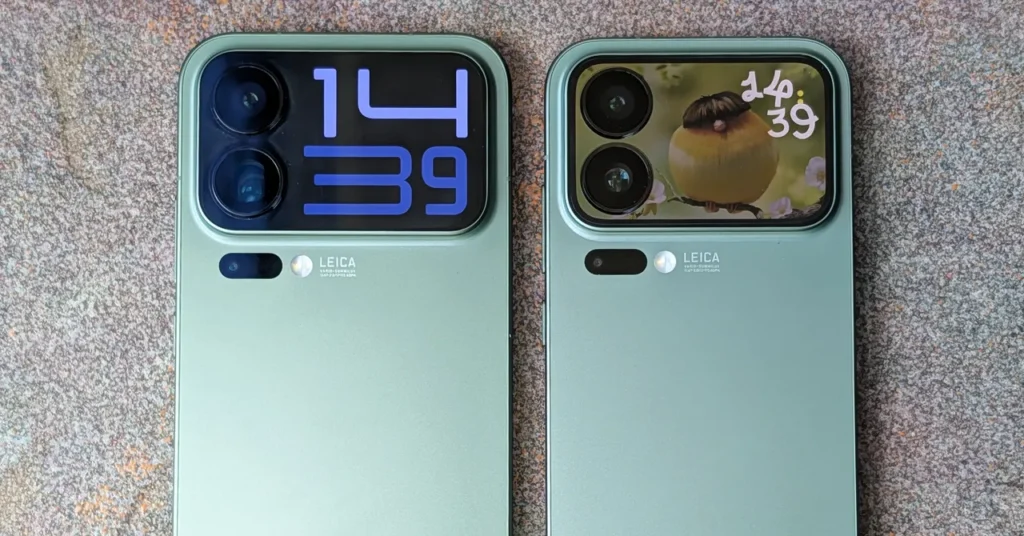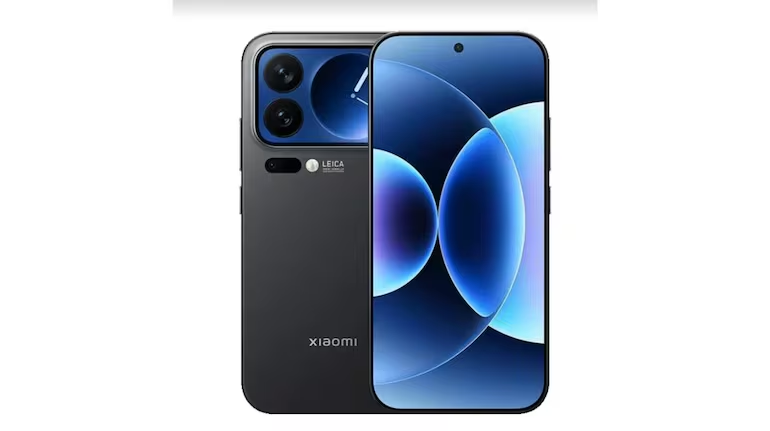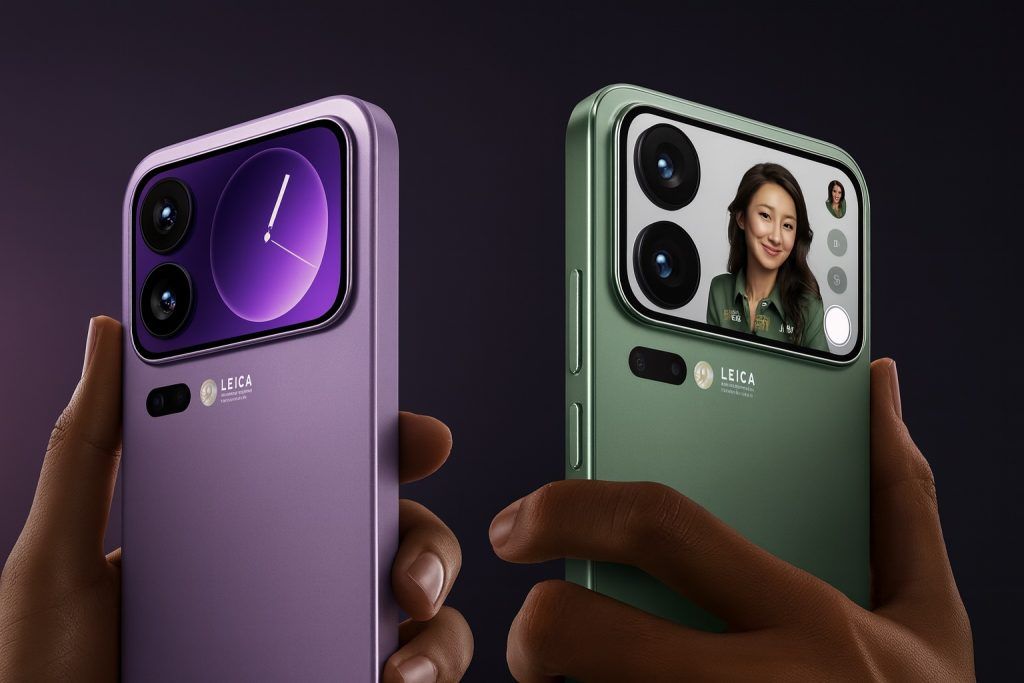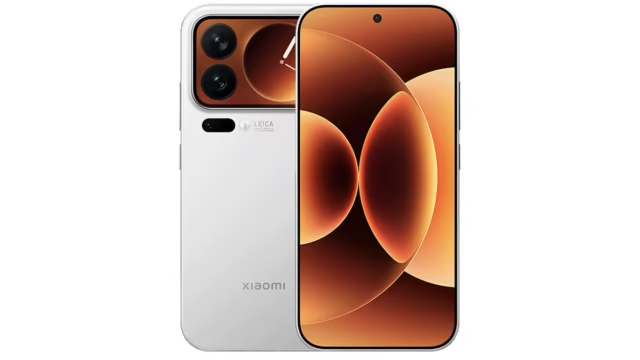Highlights
- The Xiaomi 17 series could be the first to feature the new Snapdragon 8 Elite Gen 5 chipset.
- This time, the Xiaomi 17 Pro will launch as a compact model.
- The Xiaomi 17 Pro models will have secondary rear displays.
Introduction

Xiaomi has officially unveiled its next-generation flagship series: the Xiaomi 17, 17 Pro, and 17 Pro Max. The brand has aligned its lineup to directly compete with Apple’s iPhone 17, Apple ditching the 16th generation. The Pro and Pro Max models stand out not only for their flagship internals but also for a unique dual-screen design. Emphasizing performance, battery, camera, and unique features, Xiaomi is setting a new benchmark in 2025.
Launch & Availability
- The Xiaomi 17 series was launched in China in late September 2025, and pre-orders and official sales will begin around September 27, 2025.
- Xiaomi expects it to launch globally in early 2026, possibly coinciding with major tech shows (e.g., MWC) for markets outside China.
- For India, speculation suggests a possible launch in February 2026, although Xiaomi has not yet confirmed official dates.
- Thus, while consumers in China can already pre-order, other markets will have to wait a few months. It’s not confirmed official dates yet.
Thus, while consumers in China can already order, other markets will have to wait a few months.
Design & Display
Main Display
- Xiaomi 17 Pro: 6.3-inch AMOLED / OLED panel, 120 Hz refresh rate.
- Xiaomi 17 Pro Max: 6.9-inch OLED (LTPO likely) display, also 120 Hz.
- Both displays are high-end, with claims of excellent brightness, smoothness, and power efficiency.
Secondary / Rear Display (Magic Back / Dynamic Back Display)

One of the most talked-about features of the Pro and Pro Max models is the rear display integrated around the camera module:
- It’s a small OLED screen (about 2.7–2.9 inches) that wraps around or is adjacent to the rear cameras.
- This secondary display supports:
- Selfie viewfinder using the primary rear cameras (i.e., you can use the main cam to take selfies, using this rear screen as a viewfinder)
- Media controls, widgets, notes, interactive UI
- Even limited gaming via a special case that provides physical buttons, converting the rear display into a tiny gaming screen.
- The rear display supports high refresh (120 Hz) and good brightness (up to ~3,500 nits claimed).
- Xiaomi positions this as a distinguishing aesthetic and functional feature, filling the space where rivals like the iPhone might put a blank camera plateau.
The integration of this second screen is a bold design move – if it proves useful and not just cosmetic, it could set a trend in flagship phones.
Performance & Hardware
Processor & Platform
- Both the 17 Pro and 17 Pro Max are powered by Qualcomm’s Snapdragon 8 Elite Gen 5 chipset – one of the most advanced chips available in 2025.
- They run on Xiaomi’s HyperOS 3, based on Android 16.
- Memory and storage options include up to 16 GB RAM and 1 TB UFS 4.0 storage.
Cooling & Design
- To manage heat, Xiaomi leverages its advanced cooling solutions and the silicon-carbon battery tech.
- Despite packing a large battery and a dual-screen setup, the Pro Max retains a manageable thickness (~8 mm) and weight (approx. 231 g).
Thus, performance should be flagship-tier, capable of handling demanding gaming, AI tasks, multitasking, and future updates.
Camera
Xiaomi continues its collaboration with Leica for its imaging pipeline, focusing heavily on high-quality optics and tuning.
Rear Cameras
- A triple 50 MP setup is common across the Pro models.
- Configuration includes:
- Main wide lens (high quality, large sensor)
- Ultrawide / ultra-wide-angle
- Telephoto/periscope: allows up to 5× optical zoom
- In the Pro Max, this telephoto unit is optimized further (larger sensor, brighter aperture) for better low-light zoom shots.
Features expected: OIS (optical image stabilization), advanced computational photography (night mode, AI processing), Leica color tuning.

Front Camera
- A 50 MP front-facing sensor for high-resolution selfies and video calls.
- Thanks to the rear display/viewfinder setup, users can also use the main rear cameras for selfies, improving image quality for self-portraits.
The camera system looks set to compete with premium flagships from Apple, Samsung, and Google.
Battery & Charging
Battery life is one of Xiaomi’s biggest selling points with the 17 series.
- Xiaomi 17 Pro: 6,300 mAh battery.
- Xiaomi 17 Pro Max: Huge 7,500 mAh battery, among the largest in flagship smartphones.
- Interestingly, the base Xiaomi 17 (non-Pro) features a 7,000 mAh battery—surpassing even the Pro in raw capacity—though without the rear display and with fewer premium extras.
Charging speeds:
- Wired charging: 100 W HyperCharge (USB-PD PPS standard) for fast top-ups.
- Wireless: 50 W wireless charging is supported.
- Reverse charging (powering other devices) is likely supported (reports suggest up to 22.5 W in Pro Max).
Xiaomi’s use of silicon-carbon battery tech helps maintain decent energy density even with large cells.
Given these battery specs, real-world endurance should be among the best in the flagship segment.
Also Read: iPhone 17 Pro launched: Date, Design, Price | Overviews
Realme P3 5G Price & Full phone specifications
Google Pixel 10 series launch: Expected price in India, specs, and design
Connectivity & Other Features
- IP Rating | Durability: Expected IP68 dust/water resistance for Pro/Pro Max.
- Stereo speakers with Dolby Atmos, high-res audio support.
- Fingerprint sensor under display (optical)
- Full 5G, Wi-Fi 7, Bluetooth, NFC, and other standard flagship connectivity.
- Colors: The Pro models may come in finishes like Black, White, Merino Green, and Cold Smoke Purple.
Price & Models
China Pricing
- Xiaomi 17 Pro Max: starts at ¥5,999 (≈ US$840) for base variants.
- Xiaomi 17 (base model) starts at ¥4,499 (≈ US$630)
- Xiaomi 17 Pro pricing isn’t as widely mentioned, but it sits between the base and Pro Max.
In India, estimates suggest pricing for the Pro Max could begin near Rs 74,700 (for the 12 GB + 512 GB variant), though this is speculative.
Compared to competing flagship phones, Xiaomi’s pricing is quite aggressive given the feature set, especially the large battery, premium materials, and dual-screen design.
What This Launch Means & Considerations
Pros | Strengths
- Bold design innovation — the rear display is a differentiator that could inspire more manufacturers if well-received.
- Excellent battery life — with 6,300–7,500 mAh cells and fast charging, these phones can outlast many rivals.
- Top-tier performance — using the latest Snapdragon chip and lots of RAM/storage headroom.
- Camera ambitions — Leica tuning and strong triple 50 MP setups with a capable telephoto lens.
- Aggressive pricing for the features offered, undercutting some premium rivals.
Potential Challenges | Questions
- How useful will the rear display be long-term – will it become a gimmick or genuinely improve user experience?
- Battery life under heavy use ( gaming, 5G, dual screens)
- Heat management, given the powerful chipset + large batteries
- Global version’s support, software updates, and feature parity (especially for markets outside China)
- Availability, import taxes, and whether Xiaomi will bring all variants globally
Conclusion
The Xiaomi 17 Pro and 17 Pro Max represent a bold and high-stakes move by Xiaomi to further enhance its flagship lineup in 2025. The integration of a secondary rear display, massive batteries, premium cameras, and robust internals positions these phones to compete directly with top rivals. If Xiaomi can deliver on performance, durability, and software support globally, the 17 series could shatter expectations in the high-end smartphone sector.








